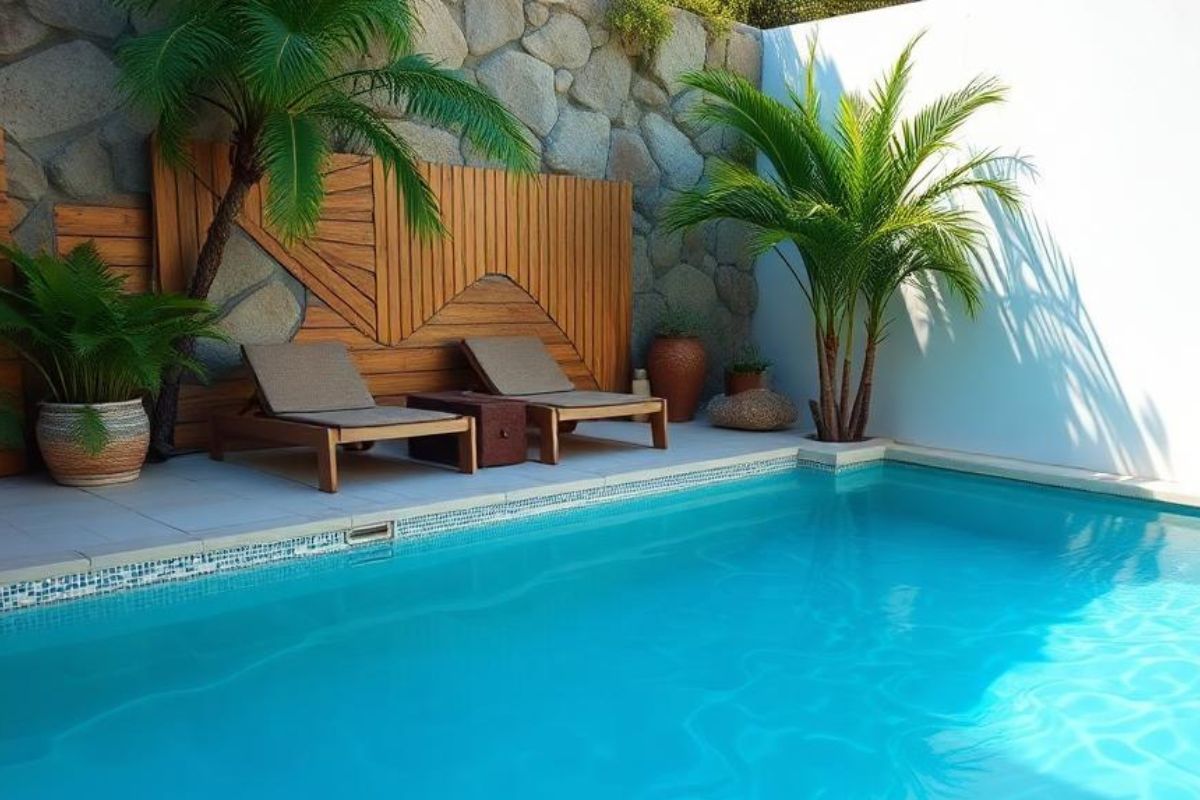Creating the Perfect Tiny Home Sanctuary
Crafting your ultimate haven within a tiny home involves keen attention to detail. Starting with a seamless layout, your choice of tiny home construction plans becomes pivotal. Consider open spaces that foster a sense of flow and freedom, crucial for tiny house living. Infuse affordable tiny homes with personalized touches through creative tiny house interior designs. Think built-in storage solutions, multi-purpose furniture, and strategic lighting. Embrace nature by opting for large windows that blur the indoors with the outdoors. If mobility entices you, tiny house on wheels plans offer flexibility on where your sanctuary travels. Whether it’s through meticulously drafted tiny home blueprints or selecting the best tiny house kits, each element contributes to a harmonious living experience.

Understanding Tiny Home Living
Tracing the evolution of tiny home living from the early 20th-century housing reforms to today’s minimalist movement reveals its intriguing journey. Initially, small dwellings were a necessity during economic hardships, offering an affordable escape from high living costs. Over the decades, tiny homes have burgeoned into a lifestyle choice that resonates with modern values of sustainability and simplicity. This minimalist ethos fosters creativity, driving innovative tiny house design ideas and crafting unique spaces that defy their limited square footage.
In the modern context of tiny home construction plans, your lifestyle preferences play a crucial role in dictating design and functionality. From embracing super-efficient layouts to exploring tiny home designs that maximize every nook, the process is both art and science. With adaptable tiny house on wheels plans or rooted structures, the flexibility of tiny home living accommodates a dynamic life. Utilizing tiny home blueprints tailored for affordability or exploring the best tiny house kits, you navigate the options to create a well-rounded living experience that feels personalized and authentic.

Advantages of Tiny Home Lifestyle
Embracing the tiny home lifestyle offers a multitude of benefits, with financial freedom being one of the foremost advantages. Affordable tiny homes significantly reduce housing expenses, allowing you to allocate funds towards other life pursuits. The compact nature also results in lower utility costs and minimal maintenance, making tiny house living an appealing choice for those seeking budget-friendly living arrangements without sacrificing quality.
Another key benefit is the environmental impact. Tiny homes, by design, emphasize sustainability and efficiency. By utilizing eco-friendly materials in tiny home construction plans and minimizing your footprint, you contribute positively to the environment. These homes often incorporate renewable energy sources and water-saving systems, showcasing how tiny house design ideas can lead to greener living solutions.
The current state of tiny home adoption reveals a growing trend towards minimalism and mobility, aligning with a desire for freedom and flexibility. Adopting tiny home blueprints or exploring tiny house on wheels plans encourages you to live a clutter-free life, focusing on experiences rather than possessions. This lifestyle fosters a sense of liberation, enabling you to explore new locations while maintaining the comforts of home.

Challenges of Downsizing Your Life
Downsizing your life for tiny home living can present several challenges, particularly when it comes to reducing possessions. Transitioning into a compact space demands a deliberate approach to decluttering, requiring you to prioritize essential items and bid farewell to others. This process can be emotionally taxing as you disentangle from belongings that hold sentimental value, testing your resolve to embrace a minimalist lifestyle.
From the practicality of tiny house interior designs to comfortable living conditions, crafting a functional layout within limited dimensions can be daunting. Space optimization calls for clever storage solutions and efficient use of every nook and cranny, demanding creativity and foresight. Looking at this challenge through the lens of resourcefulness, we can see that it encourages innovative thinking, transforming constraints into opportunities.
Navigating the legal and zoning aspects of tiny home construction plans may also pose hurdles. Regulations and codes often vary by location, affecting how to build a tiny house legally. You’ll need to thoroughly understand local laws, which can demand time and effort, but ensures your tiny home abode is compliant and secure. Exploring best tiny house kits that align with local standards can streamline this complex part of the journey.

Essential Features of Tiny Home Plans
When diving into tiny home plans, maximizing space is paramount. Efficient layout and organization are non-negotiable, turning seemingly small areas into versatile living spaces. Multifunctional designs are at the heart of tiny house interior designs, offering solutions like foldable furniture and built-in storage. On one hand, proponents of minimalist design celebrate this as reducing clutter, while skeptics worry it might compromise comfort.
Quality construction materials tailored to the specific needs of compact structures is another essential feature. Tiny home construction plans often emphasize sustainable and durable options, pivotal for long-term resilience. While some enthusiasts appreciate the reduced environmental footprint these materials offer, critics point out the potential higher initial costs compared to conventional options.
The debate extends into the realm of mobility versus permanence. Tiny house on wheels plans offer unparalleled flexibility, accommodating a nomadic lifestyle, while permanent structures can foster a stable environment. Enthusiasts of mobile living highlight the adventure and freedom it brings, whereas those favoring stability argue for security and familiarity, underlying the diverse motivations driving your tiny home journey.

Selecting the Right Building Materials
Choosing the right building materials for your tiny home is crucial to ensuring durability and efficiency. Essential considerations include sustainability, cost-effectiveness, and insulation properties. Opt for materials that align with your vision of tiny house living, whether you aim for a rustic aesthetic with reclaimed wood or a sleek, modern look using metal panels. The choice greatly impacts both the environmental footprint and the overall design.
Durability is a key factor, especially if you’re considering tiny house on wheels plans. These structures require materials that withstand the stress and vibration of travel. Lightweight yet sturdy materials like aluminum or timber composites can be beneficial. Selecting materials that offer longevity and minimal maintenance helps you enjoy your tiny home with fewer worries over repairs.
Did you know? Approximately 50% of tiny home owners prioritize eco-friendly materials, reflecting a broader trend towards sustainable construction. Incorporating sustainable options such as bamboo flooring or solar panels not only reduces your impact on the planet but can also add value to your home. Many affordable tiny homes find a balance between cost and sustainability, ensuring a responsible choice without breaking the bank.
Cost is often a major consideration in tiny home construction plans. Evaluate your budget and explore alternatives that maintain quality without excessive spending. Some of the best tiny house kits may include pre-selected materials that offer a cost-effective solution. Awareness of budget constraints encourages creative material usage and smart decisions that align with your financial plan.

Maximizing Indoor and Outdoor Living
One of the challenges in tiny house living is effectively combining indoor and outdoor spaces. These areas are often limited by the home’s compact nature, yet they play a crucial role in extending your living space. To address this, incorporate large sliding doors or fold-out walls that blur the lines between inside and outside. This design technique expands living areas without requiring additional square footage, creating a seamless flow and offering a sense of openness.
Outdoor areas should be crafted with the same intention as indoor spaces, making sure they complement the tiny home’s aesthetic and functionality. Positioning decks, patios, or gardens close to main living areas invites residents to enjoy nature easily. Using adaptable tiny house design ideas like folding furniture and portable outdoor kitchens further enriches the experience. By creatively maximizing your outdoor setup, you effectively double your living area, enhancing the overall allure and practicality of your tiny home sanctuary.






Share: